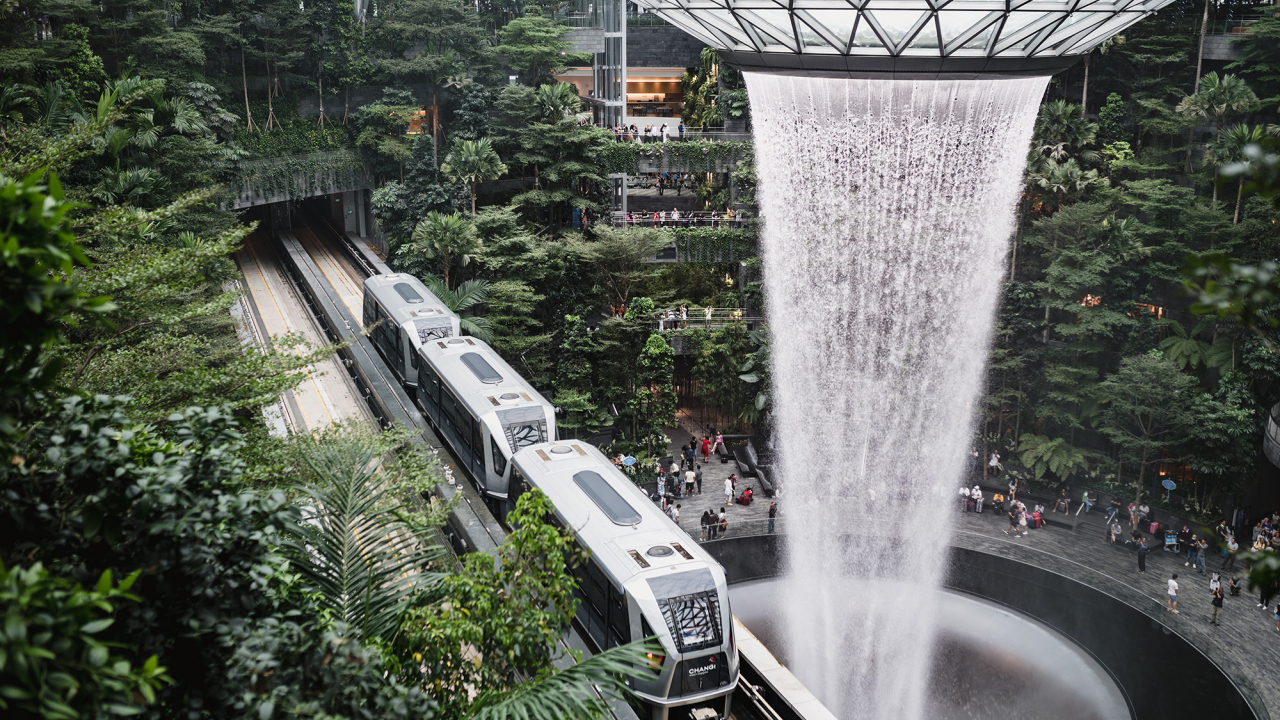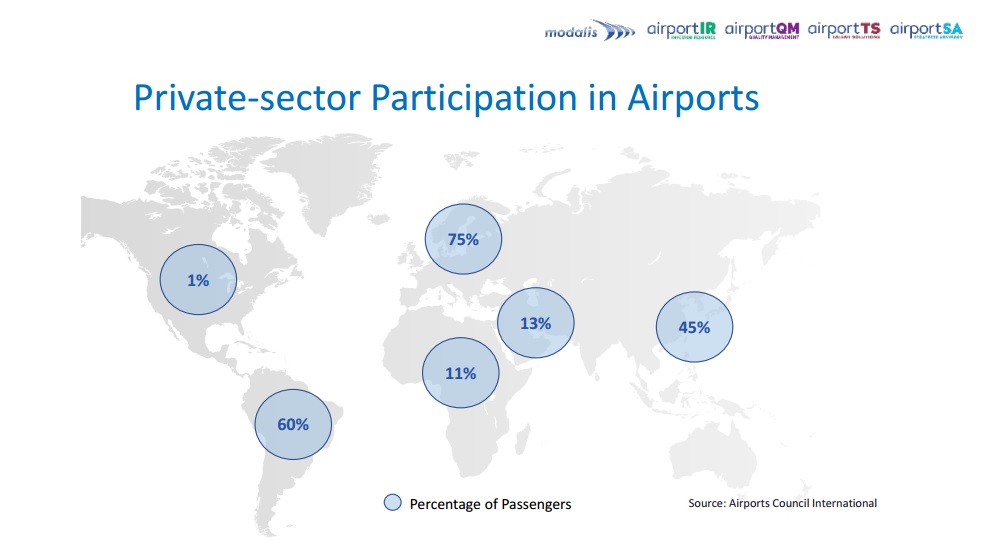How Airport PPP Deals in Asia are Looking as Recovery Begins
Kevin Rozario
May 18, 2022

|
Asia-Pacific was the last region to start normalizing air travel again – and there is still a very long way to go. Here we summarize the current situation for PPP deals, some of which were put on hold during the pandemic. |
Traffic recovery at several airports in Asia – though limited – is a welcome sign that consumers are returning to the air across the region. This makes it a good time to assess the state of public private partnership (PPP) projects in Asia.
The World Association of PPP Units & Professionals (WAPPP) has done exactly that in its latest webinar entitled Looking at the Outlook for the Airport PPP Market in Asia. Regional expert Khair Mirza – representing Modalis Infrastructure Partners – gave an overview of the market which revealed some useful insights.
According to WAPPP, Asia, historically has been favorable to the development of PPP projects in the airport sector. Many countries such as India, the Philippines, Japan, Cambodia and Indonesia have launched programs to attract the private sector to develop their airports.
WAPPP noted: “Asia stands out from the other continents with more than 45% of passengers in the Asian region having traveled using airports benefiting from private sector involvement, even though these airports represent only about 15% of the airports in the region.”
Big Markets Take the Lead
India remains one of the strongest airport PPP markets in the region with 11 existing PPP deals and more than 10 Airports Authority of India airports still awaiting their chance to come under the hammer.
“We are also excited by Indonesia where Batam airport has announced a new operator/developer (an Incheon joint venture), and Medan has been awarded to GMR’s joint venture,” said Mirza.
He added: “The market is awaiting news on Lombok Airport which is probably at the award stage as well as a potential update on Komodo Airport. The success of the Medan award gives greater impetus for further privatization in Indonesia where the preference seems to be for investment up to 49%.”
In Japan – where Vinci has a strong position with the airports of Kansai, Osaka and Kobe – the next award is likely to be Niigata Airport, historically an important gateway for traffic to and from Russia. Outside of these large markets, there are a number of other deals in the pipeline, with expansions planned for existing privatized airports, as well as a string of ‘in-process’ deals and some new ones.
Major add-ons to existing projects can be seen in Malaysia and the Philippines, while there are reports that Laos and Cambodia might be ready to make awards. Mirza said: “Regarding the potential pipeline, we have heard of unsolicited offers in Malaysia as well as Central Asia.”
For the full presentation and all the names airports of the ‘existing’, ‘in-process’ and ‘potential pipeline’ please email us at [email protected].
To watch the full webinar, click here.
[Main image: Jewel Skytrain at Singapore Changi Airport courtesy of Nathaniel Yeo/Unsplash.]

